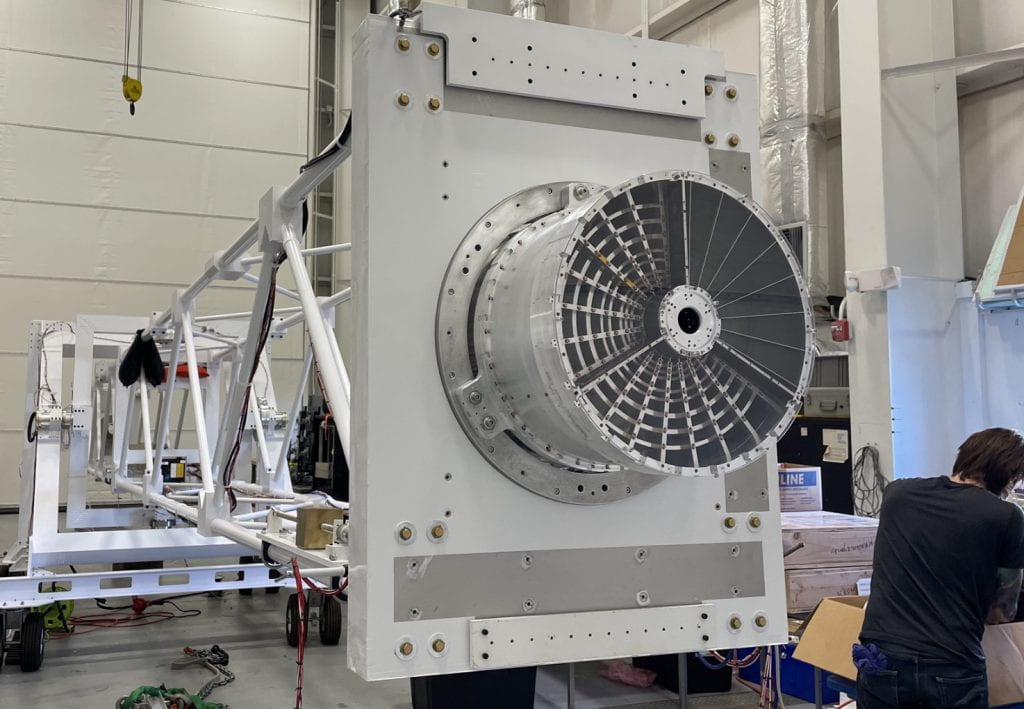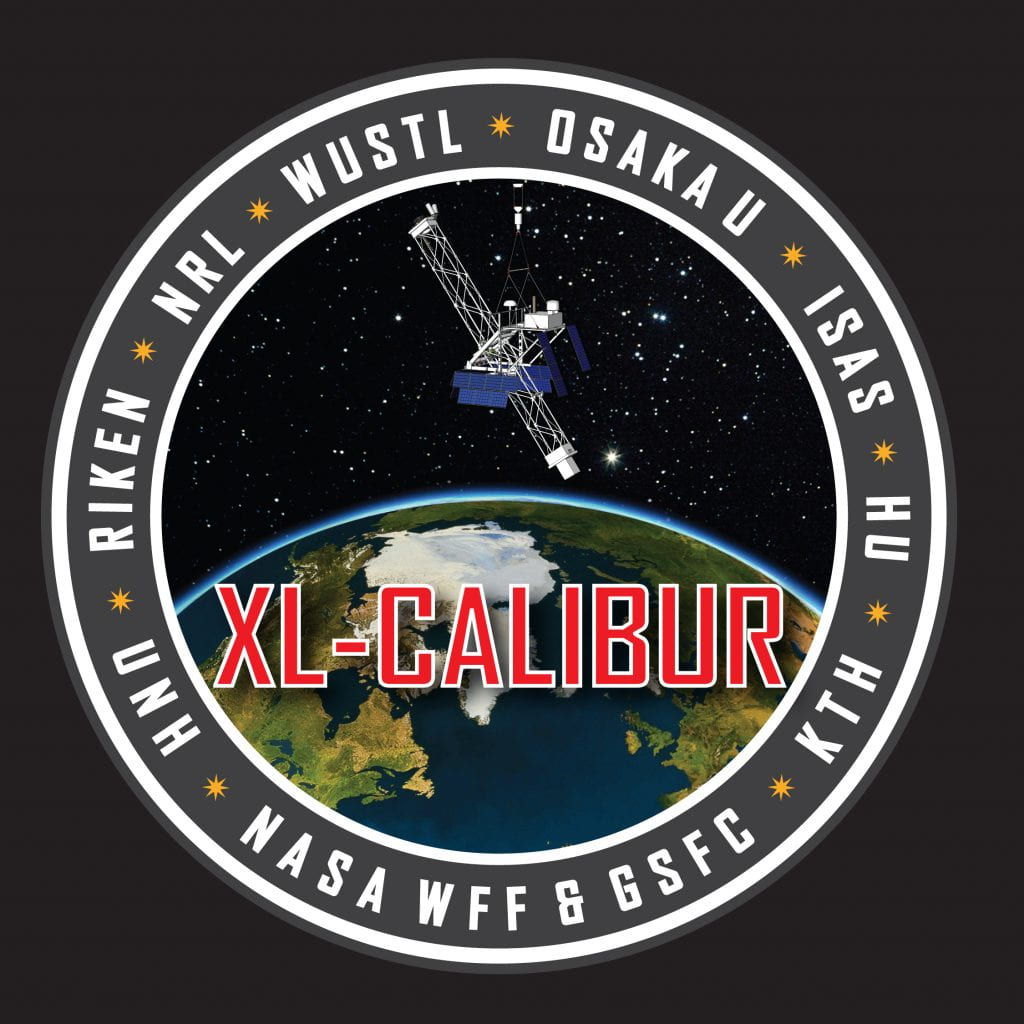
XL-Calibur is a balloon borne X-ray telescope that measures the X-rays from black holes and neutron stars in our galaxy. Follow along as we prepare to launch from Kiruna, Sweden in the Spring of 2022, and McMurdo, Antarctica, in 2023.
XL-Calibur is being built by a collaboration of ~50 scientists from the US, Japan, and Sweden. The principal investigator is Henric Krawczynski (Washington university in St. Louis), and Fabian Kislat (UNH), Takashi Okajima (Goddard Space Flight Center), Yoshitomo Maeda (ISAS, JAXA), Hiromitsu Takashi (Hiroshima University), Mark Pearce (KTH), and Lindsey Lisalda are on the executive committee.
For the most recent XL-Calibur news, click the “Blog!” tab in the main menu.

Why do we care about measuring X-ray polarization?
The scattering of X-rays, along with the interaction between magnetic fields and X-rays, both strongly affect the polarization of those photons. Through studying polarization, we can improve our constraints on the properties of black holes and neutron stars, better understand the physics of accretion onto black holes and neutron stars, as well as test predictions of strong-field QED and strong-field gravity.
Technical Developments
Building off of X-Calibur (flight from McMurdo, Antarctica, 2018-2019), we have made several critical improvements for XL-Calibur:
- XL-Calibur uses the spare mirror of the Hitomi mission contributed by Osaka University (Japan). The mirror has a 3-10 times larger photon collection area than the INFOCuS mirror used on the predecessor mission X-Calibur.
- The new X-ray mirror has a long focal length of 12 m. The XL-Calibur experiment thus uses 12 m long carbon fiber tube and aluminum optical bench developed and built at Washington University.
- The experiment uses a new and improved scattering polarimeter that employ 0.8 mm thick solid state detectors (CZT detectors) to register X-rays. The scattering polarimeter was designed at Washington University and uses Application Specific Integrated Circuit (ASICs) developed at the Naval Research Laboratory (NRL).
- XL-Calibur employs a new shield against atmospheric gamma-rays and cosmic rays. The new shield is made of large BGO crystals and was developed at KTH in Sweden.
Observational Targets
The science targets for the 2022 Long Duration Balloon flight from Kiruna in Sweden include the following X-ray sources:
- The stellar mass black hoke Cygnus X-1.
- Crab Nebula and Pulsar .
- Two flaring X-ray sources.
Science Goals
XL-Calibur has the following science goals:
- Observation of hard X-ray emission from stellar-mass black holes in X-ray binaries to constrain the properties of the X-ray bright coronas
- Precision measurements of highly-magnetised accreting pulsars at the energies of their Cyclotron Resonant Scattering Features, where the competition of QED and plasma birefringence is expected to lead to extremely high and strongly energy-dependent polarisation
- Distinguishing between competing emission models of the rotation-powered Crab pulsar, an archetypical cosmic particle accelerator, and cleanly separating contributions from the pulsar and from the nebula.
XL-Calibur constrains the geometry of black hole and neutron star X-ray sources that are only femto degrees across the sky.